0% Financing Available
Is Your Home’s Electrical System Ready for Spring Storms?
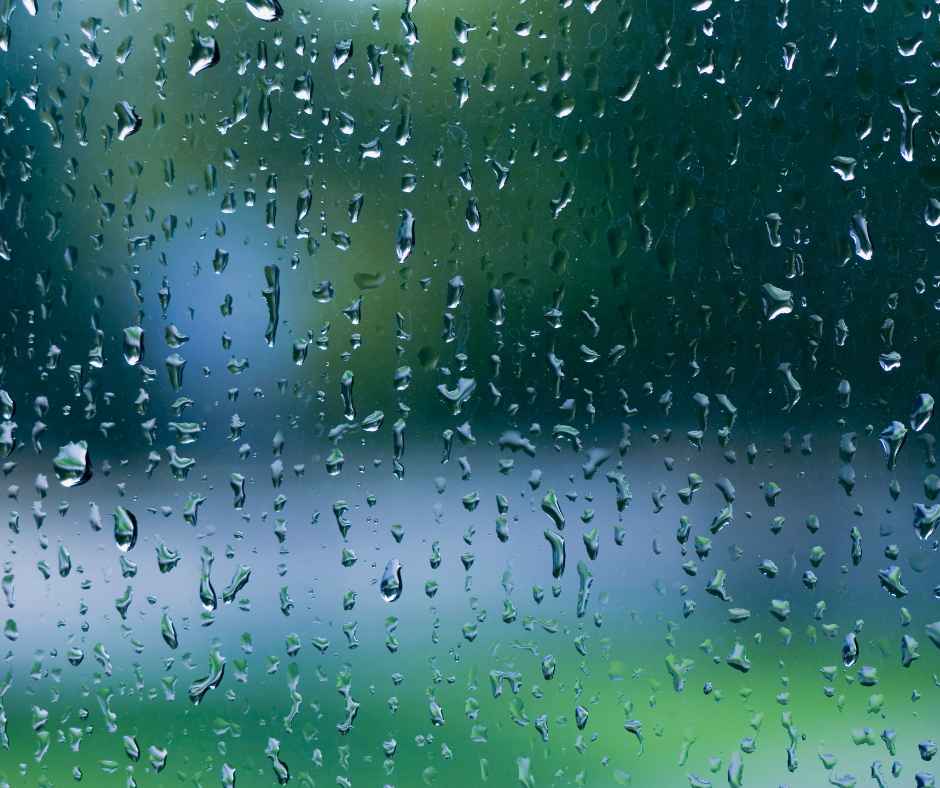
Spring storms may bring the promise of fresh blooms and greener lawns, but they also bring high winds, lightning strikes, heavy rainfall, and power outages. While you might be ready to open your windows and welcome the season, your electrical system may not be so prepared. Storm season poses serious risks to your home’s power infrastructure—risks that can disrupt your routines, damage your electronics, and even create safety hazards.
So how do you know if your home is truly storm-ready? And what can you do now to prepare before a major weather event hits?
In this guide, we’ll walk you through why spring storms are uniquely threatening, where your home’s vulnerabilities lie, and what proactive steps you can take to protect your property and peace of mind.
Why Spring Storms Put Your Electrical System at Risk
Spring weather is nothing if not unpredictable. One moment you’re basking in sunshine, the next you’re scrambling to unplug devices as thunder rolls in. These rapid shifts often catch homeowners off guard—and unfortunately, they tend to hit your home’s electrical system the hardest.
Lightning strikes, even when they don’t hit your home directly, can send massive surges of electricity through the power lines and into your home. These surges can fry sensitive electronics and damage your main electrical panel in an instant. Meanwhile, high winds and falling branches can knock down power lines or damage service connections, cutting off electricity altogether or triggering dangerous fluctuations in voltage.
Flooding and heavy moisture are just as serious. Water can find its way into exterior outlets, crawl spaces, and basements, where it may contact wiring, junction boxes, or outlets—posing a real fire or shock risk.
Without preparation, you could be left in the dark or dealing with thousands of dollars in damage from just a single storm.
Where Most Homes Are Vulnerable
Many houses—especially older ones—simply weren’t built with today’s technology or weather patterns in mind. And while you might assume everything is fine if the lights come on and the outlets work, your system could still have weak points that storms can easily exploit.
Surge-Prone Circuits
Modern homes are filled with sensitive electronics—from smart TVs and laptops to high-end kitchen appliances. These devices aren’t just expensive to replace—they’re easily damaged by voltage fluctuations. If your circuits lack surge protection, even a brief power spike can ruin equipment and data.
If you’ve ever noticed devices resetting themselves after a storm or shutting down for no apparent reason, you may already be seeing the signs. Installing a whole-home surge protector at your electrical panel is one of the best ways to shield your appliances from storm-induced damage.
Outdated Panels and Wiring
Homes built more than 20 or 30 years ago may have electrical systems that aren’t equipped for today’s demands—let alone the strain of extreme weather. You may notice signs like frequent breaker trips, dimming lights when appliances start, or buzzing outlets. These red flags could point to an overworked or deteriorating system.
Older panels also lack the built-in safety features of modern designs, which increases the risk of electrical fires or shock during storms. Having your panel and wiring professionally inspected is a smart move—especially if you’ve never had it checked since moving in.
Unprotected Outdoor Connections
Outdoor electrical outlets, lighting, and extension cords often go ignored—until something goes wrong. These connections are fully exposed to the elements and are especially vulnerable to rain, flooding, and wind. If you have old or rusted outlets, missing covers, or cords left in the open, you’re inviting trouble.
Upgrading to GFCI-protected outlets outdoors, adding weatherproof covers, and properly securing cords and fixtures can make a big difference in preventing damage or injury.
How to Prepare Your Home’s Electrical System for Spring Storms
Storm-proofing your electrical system doesn’t have to be difficult or expensive—but it does require foresight. Here’s how to start protecting your home before the next thunderstorm rolls in.
Install Surge Protection
One of the most valuable upgrades you can make is installing surge protection. While small plug-in surge strips are fine for computers or entertainment systems, they don’t cover everything.
A whole-home surge protector is installed directly at your electrical panel and defends your entire system from voltage spikes, including those caused by lightning or power grid issues. You can still use smaller point-of-use surge protectors for added protection at outlets, but a centralized system offers the most comprehensive coverage.
Inspect Your Electrical Panel and Wiring
Spring is a perfect time for a full electrical inspection, especially if your home shows signs of wear or you’ve added new appliances recently. A licensed electrician will evaluate your panel, test your circuit breakers, and inspect your home’s wiring to ensure it meets modern safety codes.
If you’ve been dealing with tripping breakers, flickering lights, or hot outlets, don’t assume it’s just “one of those things.” These issues often indicate underlying problems that could worsen in a storm.
Secure and Upgrade Outdoor Power Sources
Don’t forget about your outdoor lighting, outlets, and any power supply to sheds, garages, or decorative landscaping. Make sure these connections are up to code, protected from water, and firmly grounded.
Weatherproof covers are essential for any outdoor outlets, especially in high-exposure areas. It’s also wise to install GFCI outlets anywhere there’s a risk of moisture—these cut off power instantly if they detect a fault, reducing shock hazards.
Bonus Tips for Safe Electrical Use During Spring Storms
Preparing your electrical system isn’t just about upgrades. There are also some simple habits that help protect your home during spring’s wild weather.
- Schedule routine maintenance. An annual inspection keeps your system running safely and efficiently.
- Test GFCIs and AFCIs monthly. These safety devices help prevent fires and shocks. Use the “test” and “reset” buttons to ensure they’re working properly.
- Unplug sensitive electronics during storms. If you know a major storm is approaching, unplug TVs, computers, and small appliances to avoid damage.
- Know where your main shutoff is. In case of flooding, smoke, or fire, cutting power to the home quickly can prevent further damage.
Wrap-Up: Stay Safe This Spring with Help from Chesapeake Electric in Annapolis, MD
Spring storms may be a part of the season—but damage, disruption, and danger don’t have to be. By upgrading your electrical system, installing surge protection, and taking a few simple precautions, you can ensure your home is ready to weather whatever comes your way.
At Chesapeake Electric in Annapolis, MD, we specialize in helping homeowners stay safe and storm-ready. Whether you need a panel upgrade, surge protection, GFCI outlet installation, or a full system inspection, our licensed electricians are here to make sure your home is protected, compliant, and efficient.Don’t wait for the next thunderstorm to test your system.Call Chesapeake Electric today and schedule your spring electrical safety checkup. We’ll help you power through the season with confidence.
Recent Posts
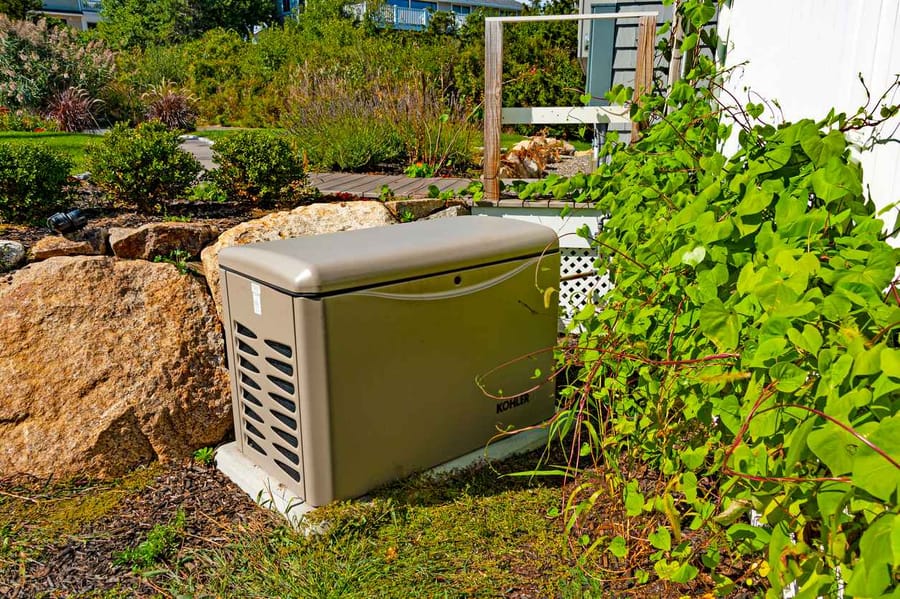
November 21, 2025

November 21, 2025
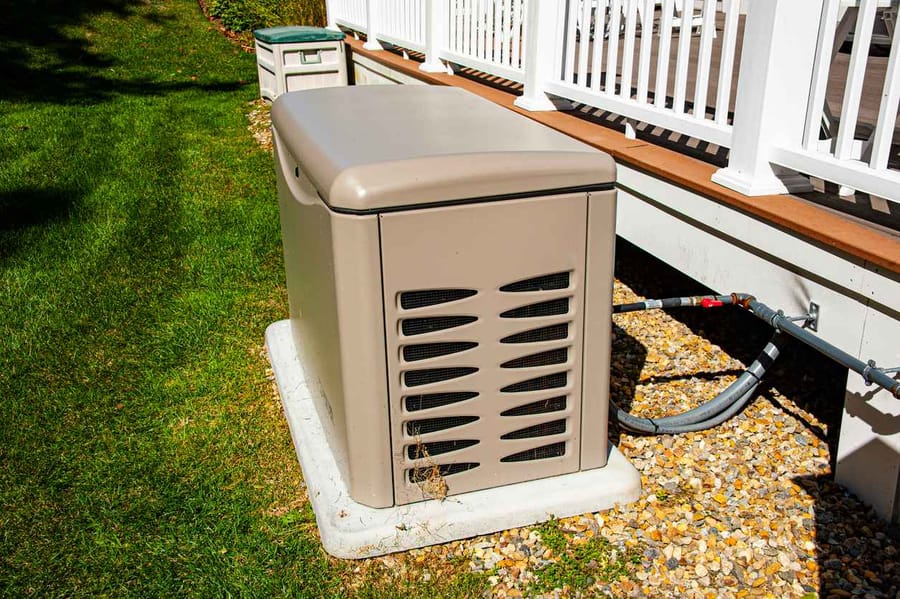
November 21, 2025
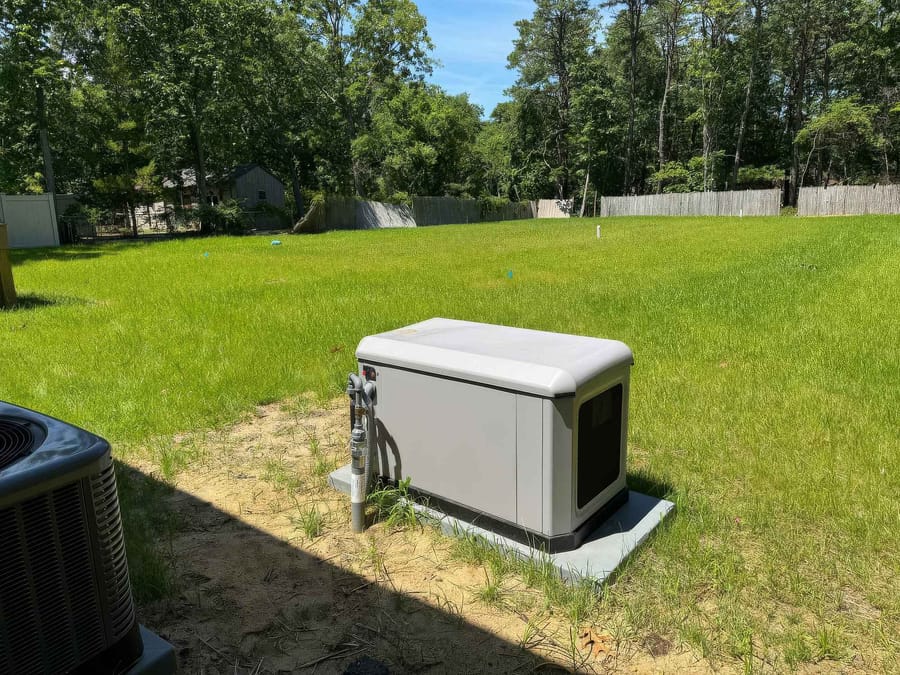
October 29, 2025

October 29, 2025
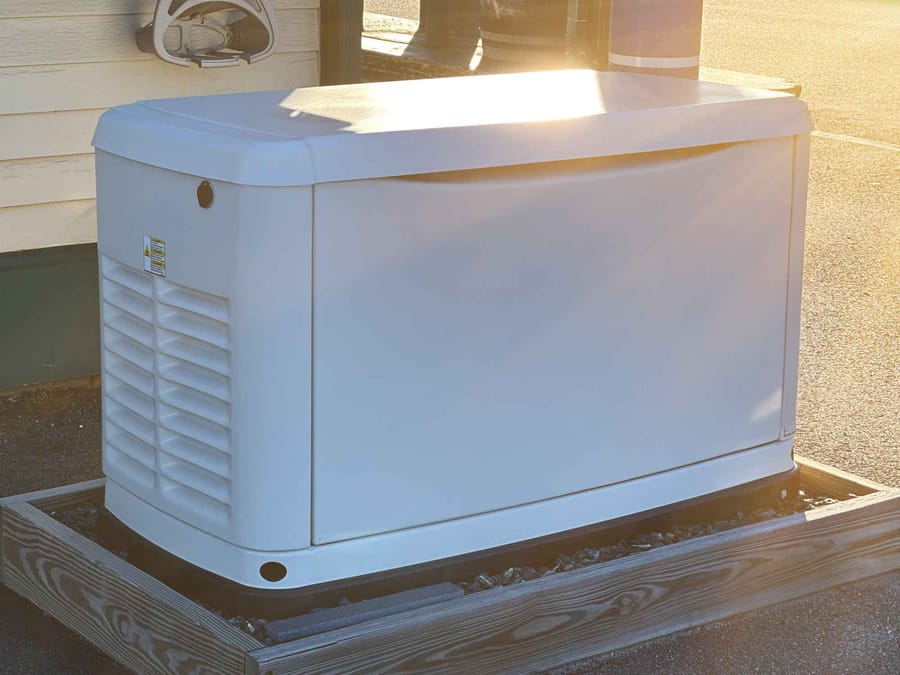
October 29, 2025
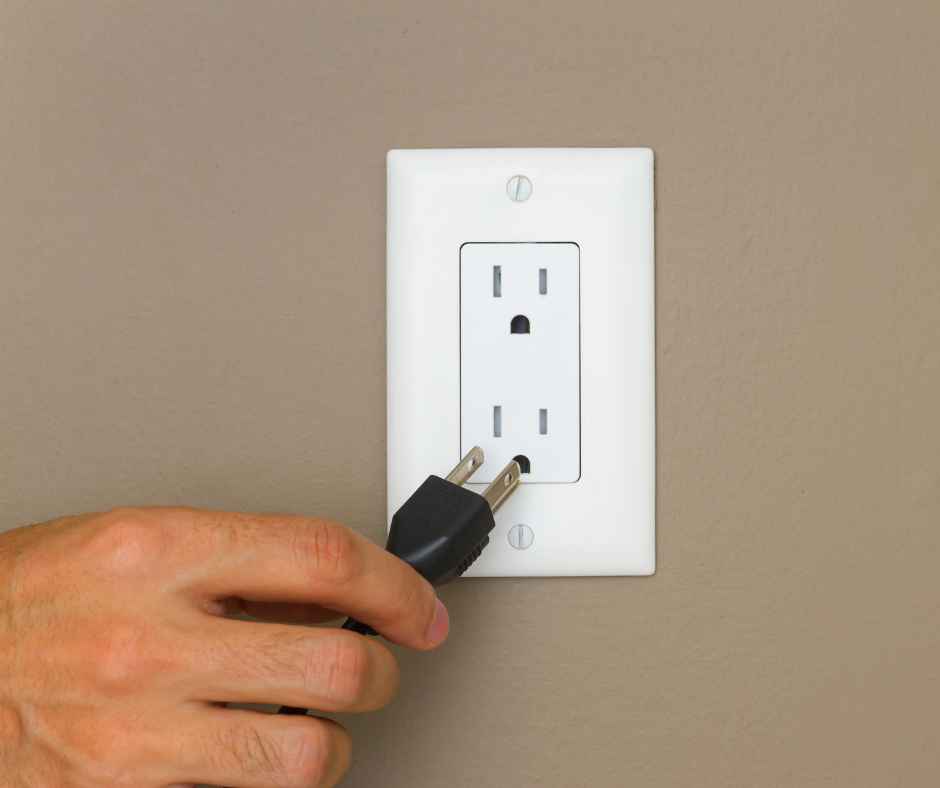
September 26, 2025